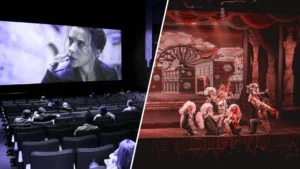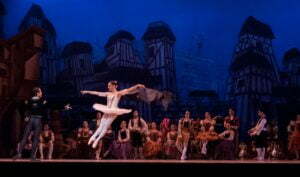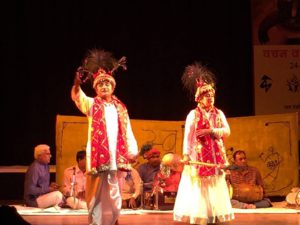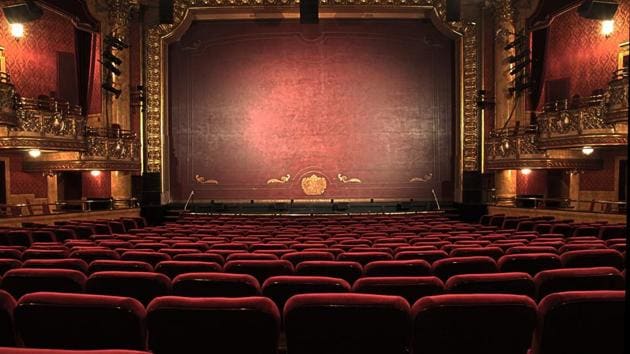Most people, presently associate the art of mime and pantomime with France, probably even you! However, do you know that this art is so ancient, it dates back to the classical Greeks and Romans? So, what is mime? Has it always been like this? Let’s unravel the nuances of this unique art together!
What is Mime?
Mime and Pantomime is a form of silent performance art of the theatre which makes the use of suggestions, gestures and actions to communicate a narrative. It is an art form that communicates via implying actions. Mime is extremely significant in the modern-day art of drama. For an instance, it helps in bringing out the talent of expressions and body movements essential for drama.

There are many techniques of performing or practising pantomime. Illusion mime is used to support the narrative, like walking a dog or pushing a heavy object. The fixed-point technique is used to locate a place in space with their body and then holds it still. While the mime trick of building a glass wall is a fantastic and enjoyable means of teaching fixed-point.
History of the Art
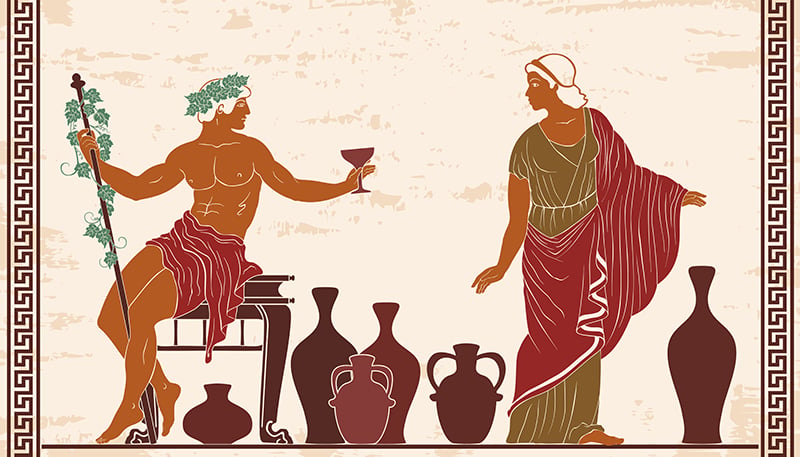
Ancient Greece
This unique art called mimus and pantomimus in Latin and mimos and pantomimos in Greek can be traced back to the ancient Greeks and Romans. This art has changed a lot since its origin in ancient Greece. The silent art was not necessarily silent at that time and frequently included songs and dialogues. The existing fragments of Epicharmus, a 5th century BCE writer of comedies yield little result concerning mime. Yet they suggest that mime consisted of scenes from daily life and religious travesty.
In Greece, the first recorded pantomime actor is the legendary dancer Telestes in Seven Against Thebes (467 BCE) by Aeschylus. He detached himself from the chorus to interpret and communicate what the chorus recited through rhythmic steps and gestures.
Ancient Rome
When the Romans invaded Greece, they brought back mime with them, among other cultural products. The presentation of mimes became a traditional feature of the annual Floralia festival. Mime was integrated into the extremely popular commedia dell’arte genre, which flourished in Europe from the 16th until the late 18th century.
Under the Roman Empire, mime became a unique Roman drama, encouraged and even performed by the emperors like Marcus Aurelius and Nero, respectively. The pantomime, clothed in a cloak and long tunic would perform as a tragic actor. They would generally perform alone, supported by an orchestra of cymbals and other rhythm instruments, flutes, pipes, and trumpets. The libretto of the piece was generally drawn from a well-known tragedy and was sung or read by a chorus.
In 1576, a travelling troop of street performers brought Commedia dell’arte to France, where it became even more popular than in its native Italy.
Medieval Period
In the medieval period, in France, the Roman mime underwent a significant change at the hands of Jean Gaspard Deburau. Duburau ascended the stage as Pierrot, a lovesick figure made famous in Italian theatre, wearing white face paint and a drooping buttoned suit. Until his death in 1846, the actor’s lovable character and exaggerated facial emotions captivated spectators – all without him saying a word! Deburau invented the contemporary mime act.
Modern Period
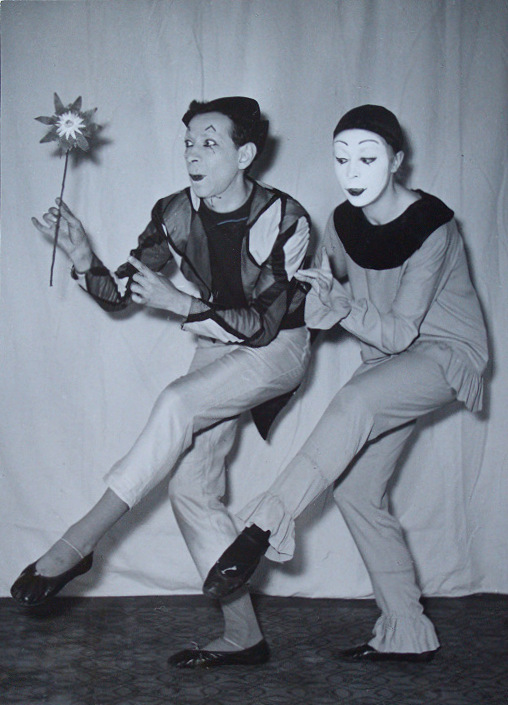
Modern mime in the West has developed into a purely silent art. Gestures and Implications to actions convey the meaning to narrative. In the modern period, movies and motion pictures have incorporated mime into them. Due to that, Ballet has also felt its influence.
Modern mime is of two types-
- Abstract- This form of mime does not feature a main character or plot. It aims to evoke certain emotions through actions.
- Literal- This form tells a specific story with a plot. It follows a certain sequence of events.
Mime in Non-Western Theatre
In Asia, mimetic performance in theatre developed long before its Western counterparts. Bharata Natyam, a native dance-drama have similarities to mime. The Natya-Shashtra the ancient treatise on dramaturgy by Bharata Muni mention a silent performance, known as mukabhinaya. Bengali Jatras, folk dramas also have significant similarities with mimetic performance.
In Different Formats
In Movies
The invention of motion pictures brought mime and pantomime into the forefront, that is mainstream entertainment. Early motion pictures had many limitations because of which dialogue was restricted. Hence, a highly stylized form of acting to suggest actions without dialogues resulted. Mimetic style of acting became very popular in German Expressionist films.
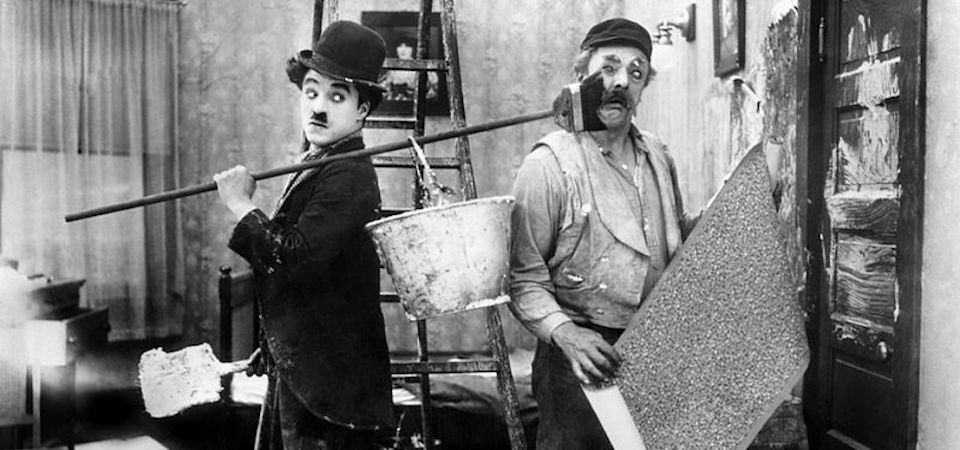
Some very famous mime actors and comedians are Charlie Chaplin, Ben Turpin, Harold Lloyd and many others. The great art of contemporary mime in France was conceptually elevated by Étienne Decroux, Jean-Louis Barrault, and Marcel Marceau.
On the Stage and Street
Marcel Marceau’s persona “Bip the Clown” had achieved international acclaim. Marceau even used his mime performance for heroic purposes when serving for the French Resistance during WWII. The silent mime, Bip, kept groups of Jewish youngsters calm for hours as they fled from occupied France into Switzerland.
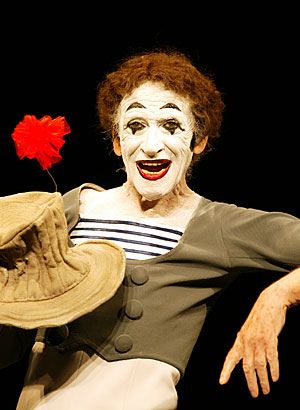
While traditional pantomime is silent, in modern times, sounds suggest actions and gestures. Most of these acts are comical but they can be serious as well.
In Literature
“The Last Butterfly”, Michael Jacot’s debut novel, depicts the story of a mime artist in Nazi-occupied Europe. In that story, his captors compelled him to perform for a team of Red Cross observers. “The Clown”, by Nobel laureate Heinrich Böll, is the story of Hans Schneir. He is a mime artist who has fallen into poverty and intoxication after his lover abandoned him.
Parting Thoughts
The art of pantomime is extremely precious, having originated centuries ago. It expresses the raw form of art in communicating without language. Such an art form transcends language barriers and everyone, from any corner of the world enjoys this art. Everyone must understand the significance of such an art. It should be preserved for posterity.
https://www.youtube.com/embed/eW1TnDEDBHI?feature=oembedMime Basics
Share with your friends


